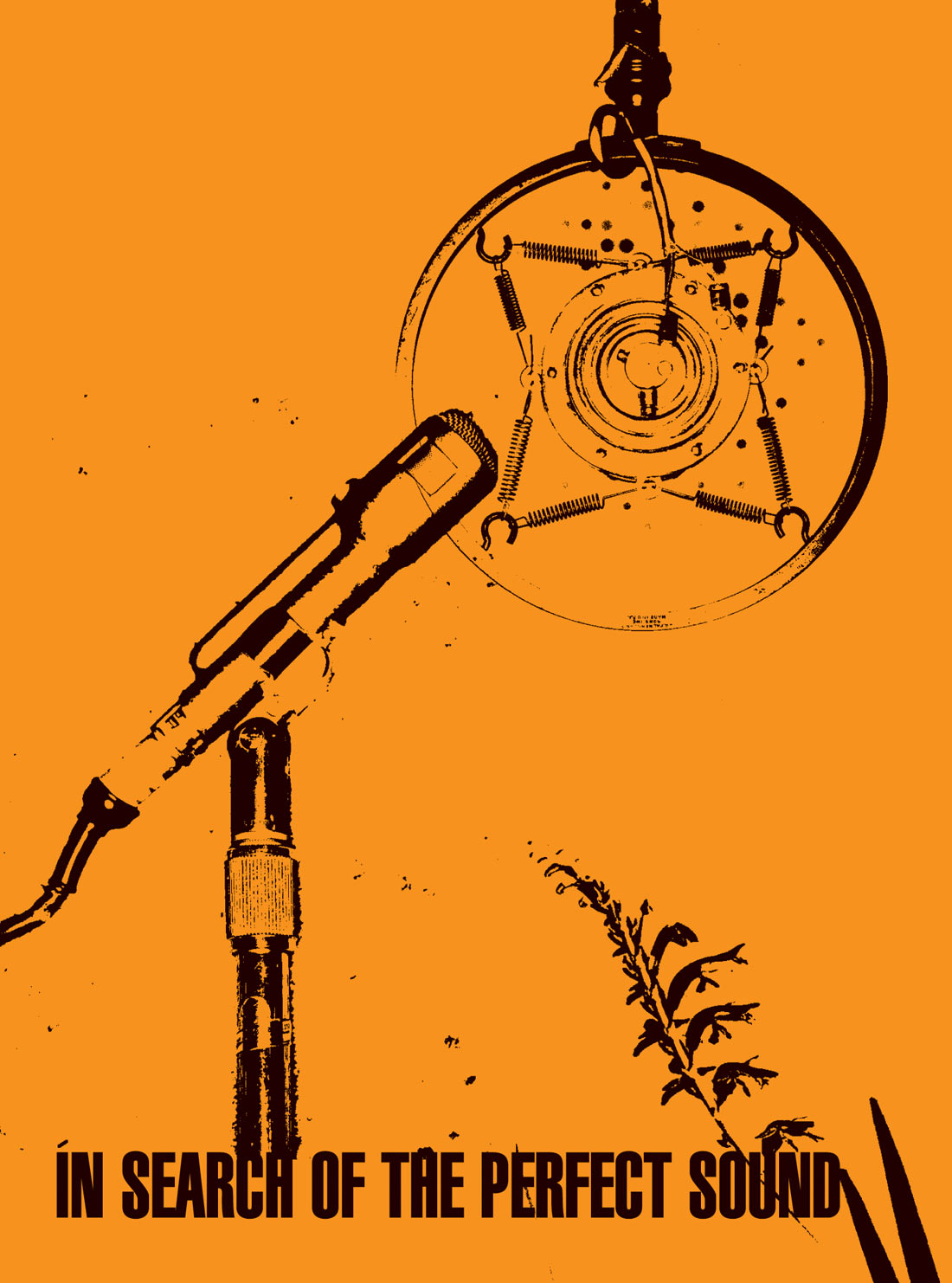How do you get a $10,000 sounding mic without bankrupting your studio? Send it to Shannon Rhoades at MicRehab, that's how. Specifically, I'm talking about the Miktek CV4. To be fair, the stock mic is good right out of the box. The mic is sturdy, the PSU is beefy, and the price is friendly — especially for independent studios without deep pockets. However, when the SPL is pushed, the capsule seems to pinch, resulting in a harsh, metallic overtone "zing" found in the upper frequencies that seem impossibly hard to dial out. This characteristic appears to be the result of the Chinese-made capsule used in the stock CV4, which makes this a prime candidate for a mod.
Shannon Rhoades might be a name that is unfamiliar to some, but he is definitely the real deal. Shannon is the force behind MicRehab, an independent upstart specializing in modding, reskinning, and restoring mics of all brands and varieties, from vintage to modern-day models. Before MicRehab, Shannon worked with his brother Tracy Korby (Korby Audio Technologies) building and repairing new and vintage microphones. The brothers then moved to Nashville to maintain Blackbird Studio's vast vintage mic collection. While at Blackbird, Shannon also spent four years helping to launch Miktek, where he became intimately familiar with the CV4. After leaving Miktek, Shannon took over mic managing duties from his brother at Blackbird and began his own venture, MicRehab. Needless to say, his credentials speak volumes.
So what does Shannon's mod entail? The bulk of the mod comes from replacing the stock Chinese capsule with a custom sputtered gold (or nickel), 3 micron (and in some cases 1 micron!) mylar capsule. This is what makes Shannon stand out among the rest. There are probably less than a handful of people in the country that sputter their own capsules, let alone with the degree of craftsmanship that Shannon brings. I suspect there are other components of the mic that Shannon mods (backplate, capacitors, etc.), but he is keeping a tight lid on his proprietary "secret recipe" — at least for now.
After receiving my CV4 back from Shannon, I was eager to get a session underway, and thankfully, my client was willing to let me have some fun with the new CV4 on a tracking session. We recorded both electric and acoustic guitars, as well as male vocals (brooding, indie-pop). The signal chain was relatively simple: CV4 to one of two preamps — EZ1290 (a DIY Neve 1290/1073 preamp replica) or CAPI VP28 [Tape Op #95] — captured through a UAD Apollo [#95], and monitored on a pair of Spiral Groove Studio One speakers (in a well-treated control room). Tracking electric guitars proved to be somewhat underwhelming. I think I would have preferred a ribbon/dynamic combo in this case; however, switching over to acoustic brought the smile back. The CV4/VP28 combo was just what the doctor ordered — bright, jangly, and full of body and wood. But let's be honest, we're here for the vocals, and man did they sound good. I mean, really good.
The mod has a frequency response that stays consistent throughout the dynamic range. It's got better quality midrange information and responds to EQ really well. Compared to the stock mic, Shannon's mod is much smoother with more body and character. The stock CV4 could be a little "bitey" in the 2-3 kHz range, but the mod relieves this. Importantly, the "zing" is gone. Some describe the modded CV4 as "warm, vintage, and creamy." While this all rings true, I would simply say that vocals I recorded through this mic sound "finished."
While no one will claim that the modded CV4 is a copy of any vintage mic, Shannon's inspiration for its sound comes from Jeffrey Steiger's (CAPI) beautiful Ela M 251.
In my opinion, this mod is worth the price of admission, because it will get you in the same league as the über-expensive vintage mic superstars that few of us will ever be able to afford. Shannon will tell you, that's been his mission all along. So go out and pick up a new (or used) Miktek CV4 (or actually, any mic), and give MicRehab a buzz. He will chat with you about what you're after and make sure that you're happy with what you get. CV4 stock versus mod sound samples can be found on RealGearOnline.com, and as other forum members have agreed, the differences are not subtle. If you have questions, Shannon Rhoades is happy to answer your emails.




_disp_horizontal_bw.jpg)